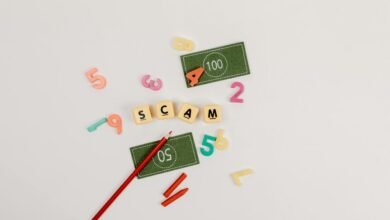Hotline Caller Verification Safety Control Office 3510950749 3275322348 3201594535 3395661380 3801862012 3511309970

The Hotline Caller Verification Safety Control Office plays a critical role in safeguarding sensitive information. By employing unique identifiers and security questions, it ensures that only authorized individuals can access confidential data. Advanced techniques, such as biometric authentication, further enhance these verification processes. However, as threats evolve, the effectiveness of these measures remains under scrutiny. What new strategies might be necessary to uphold the integrity of such vital services?
The Importance of Caller Verification in Protecting Sensitive Information
While effective communication is essential for any hotline service, the verification of callers emerges as a critical component in safeguarding sensitive information.
Caller authentication directly impacts information security, ensuring that only legitimate individuals gain access to confidential data.
Overview of the Hotline Caller Verification Safety Control
Effective caller verification processes are integral to the operational framework of hotline services, ensuring that sensitive information remains protected from unauthorized access.
These hotline procedures emphasize robust caller authentication techniques, which include unique identifiers and security questions.
Key Operational Metrics and Their Significance
Key operational metrics serve as critical indicators for the effectiveness of hotline caller verification processes.
These metrics, particularly in caller authentication, provide insights into security performance and vulnerabilities.
Strategies for Enhancing Verification Protocols
Analyzing the key operational metrics reveals opportunities for refining verification protocols within hotline systems.
Implementing biometric authentication can significantly enhance security, ensuring that only authorized callers gain access.
Additionally, integrating advanced call screening techniques allows for real-time assessment of incoming calls, filtering out potential threats.
These strategies not only bolster safety but also promote user confidence in the hotline’s integrity and responsiveness.
Conclusion
In an era where information is as coveted as gold, the Hotline Caller Verification Safety Control Office stands as a modern-day sentinel against unauthorized access. By employing innovative verification techniques, it not only fortifies data security but also mirrors the diligence of ancient guardians protecting sacred knowledge. The office’s commitment to enhancing these protocols echoes the timeless truth that vigilance is the price of safety, ensuring that trust in its services remains unshaken amidst evolving threats.





